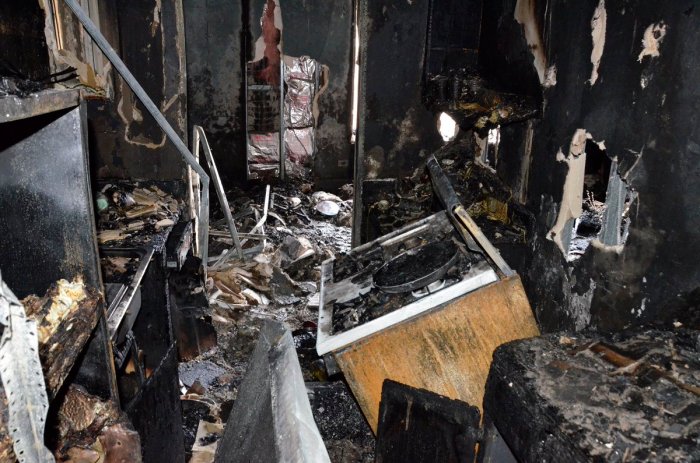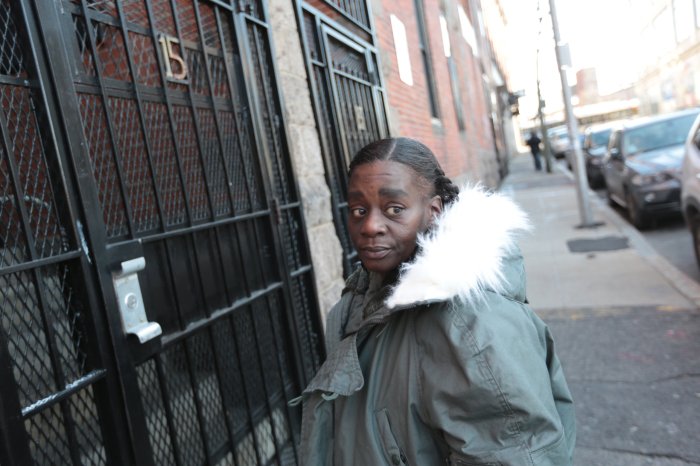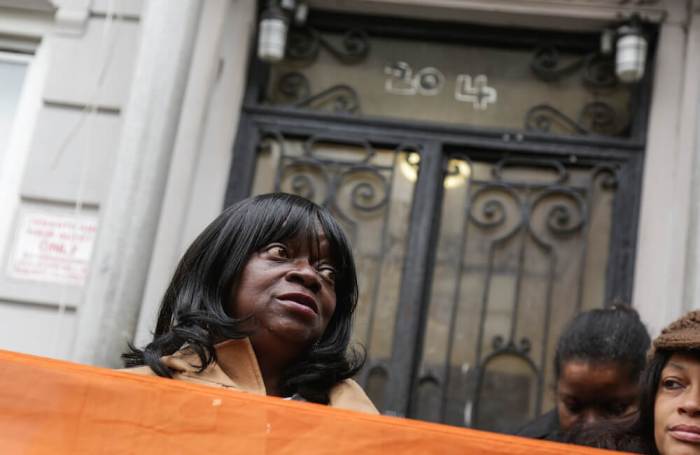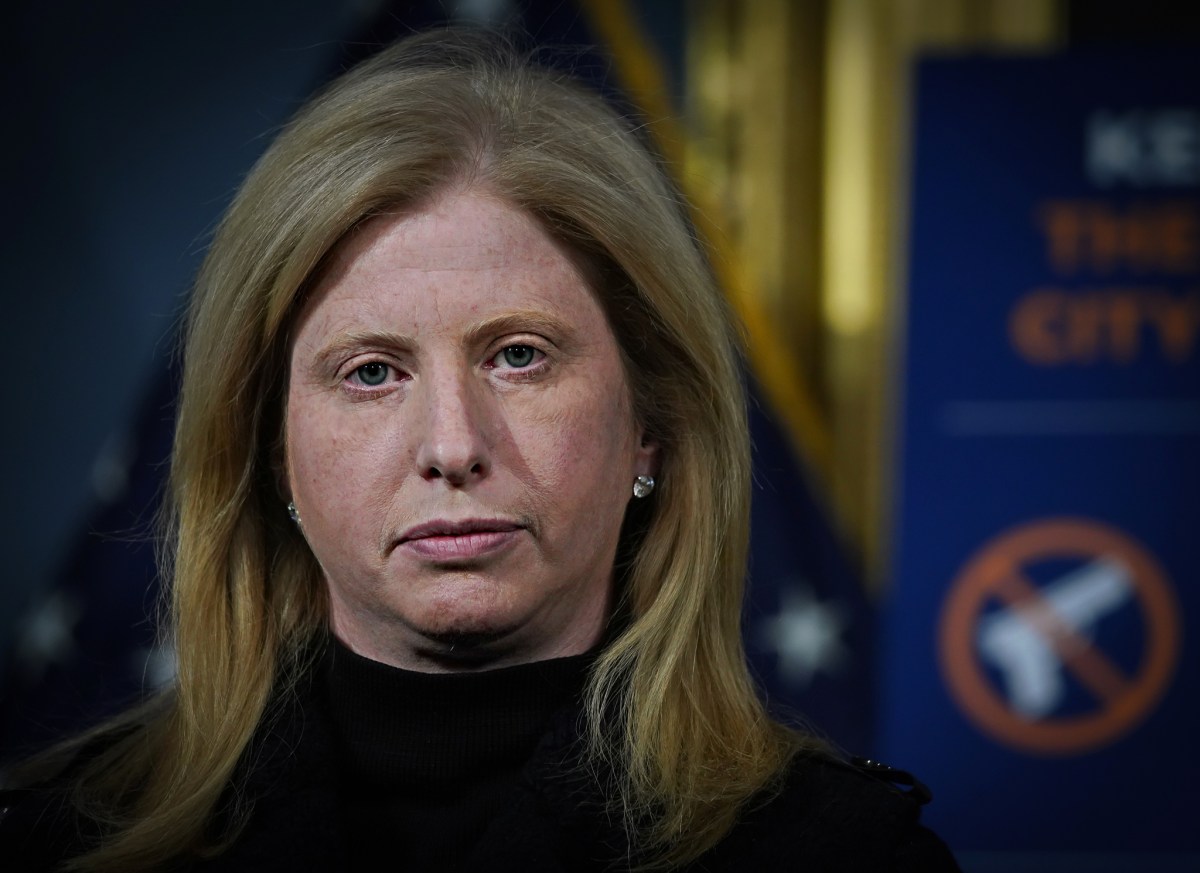On the heels of continuing battles over the placement of homeless shelters in the city, a new report says that the health of city residents, especially in low-income and urban areas, can be harmedby the rapid disappearance of affordable housing, as well as the prevalence of substandard housing. In its recent report focusing on East Harlem, one of the poorest neighborhoods in the city, The New York Academy of Medicine said that when a “community loses affordable housing—especially in a dense, expensive urban area—residents experience displacement, increased homelessness and other stresses that lead to poor health outcomes.” Some of those poor health issues include high rates of hypertension, diabetes, asthma, infant mortality, drug addiction and mental health issues.
NYAM’s report also noted that East Harlem has lost nearly 2,000 units of affordable housing since 2011 and is estimated to lose more than 6,000 over the next 10 years.
In addition, the academy noted that East Harlem is losing about 280 rent-controlled or rent-stabilized units per year while more than half of the neighborhood’spopulation has varying levels of difficulty—from moderate tosevere—paying current rents. As such, the report also supports a key part of Mayor Bill de Blasio’s Affordable Housing Plan by identifying the plan’s mandatory inclusionary housing requirement as central to maintaining a stable, health-supporting environment in urban communities. The mayor’s plan calls for specific amounts of affordable housing to be included in all new developments, while also directing the city to improve the overall maintenance and condition of existing affordable housing. “Our East Harlem Health Impact Assessment recommendations are based on scientific evidence showing links between rent burden, affordable housing and health,” said Kimberly Libman, a lead author of the NYAM report. Libman noted that while the report’s findings could be applied to other communities in New York and beyond, “it is important to remember that our review of scientific evidence was informed by feedback from hundreds of community members who attended public forums during the neighborhood planning process.” Brandon Kielbasa, of Cooper Square Committee, an affordable housing advocacy organization, says the issue is as complex as it is prevalent.
“Tenants in gentrifying neighborhoods regularly face unhealthy housing conditions and intense psychological turmoil as they see vital resources, such as affordable housing, being depleted from their communities.” He adds that tenants also face unhealthy conditions during the actual process of converting apartments from affordable, rent-stabilized to luxury, market-rate.
“The physical act of converting affordable housing to luxury brings with it an unhealthy, unsafe, and often toxic environment for tenants—especially for low to moderate income tenants who can’t simply move to avoid being subjected to such harassing conditions,” Kielbasa notes. One such resident, Holly Slayton of 514 East 12 Street, related her story where tenantsendured months of loud, hazardous construction that left many in her building sick.
“My daughter and I sufferedmonths ofrespiratory infections, where our doctor told us to wear a dust mask in our own home,” she said. “A woman downstairs reported havingher eye swollen shut as a result froma sinus infection which wealsobelieve was caused bythe dust we were forcedto breathe in our own homes.” Kielbasa added that focus should be placed on the preservation of affordable housing, in addition to the development of new affordable housing, when considering an overall strategy for protecting community members’ health. Sam Stein, a PhD student at CUNY Graduate Center who has studied gentrification and urban planning extensively, agrees that housing and health are inextricably tied.
“The rapid loss of affordable housing is a key factor in the declining health of our city, our neighborhoods and ourselves,” Stein said.
“We must treat housing as not just a roof over our heads or a real estate investment, but a basic human need that enables our very health and well-being.”
Lack of affordable housing bad for your health, study says
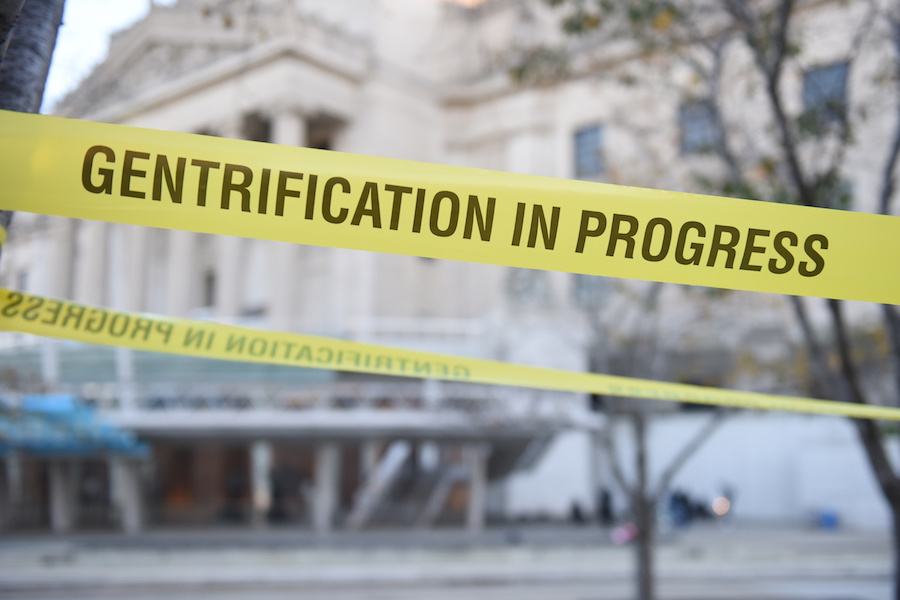
Getty Imagees

